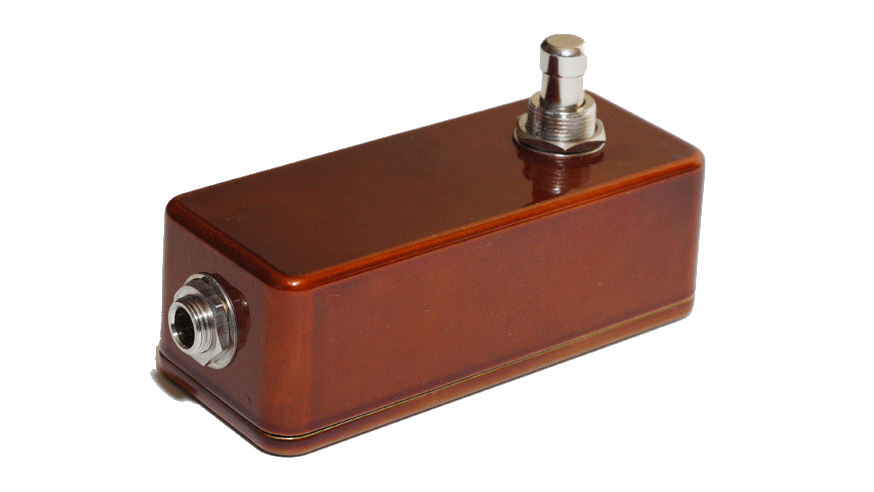When you have a hammer everything looks like a nail.
The timing of human cadence bends subtly, but DAWs seem to insist on nice, even beats and bars. As brilliant as Abletons mission is, they most certainly signed a pact with the square devil to do it. Give up a bit of humanity, they say, in exchange for symmetry – the popular, problem solving commodity.
Whether you sign on to that trade or not is entirely up to you. There are plenty of cultural and aesthetic reasons to argue either side. Most producers will need to create a gradient between the two while understanding both.
Here we explore one of many techniques used to reconcile GRID and OFF GRID.
Materials
You’ll need two items for this:
- A foot-pedal capable of sending MIDI. A sustain pedal will work fine, or a specialized device such as this one.
- A M4L Device made by UPA.
Notes
- This Max for Live device works by averaging out the timing of the last four foot taps, speeding up or slowing down the tempo gradually to fit. It does use some error correction code to prevent wild jumps in tempo, but it’s not perfect. Drastic, fast changes may throw it off, but it generally works much better than the built in tap tempo in Live.
- When you perform this recording technique, the tapped tempo recorded to the arrangement view as automation data, and is separate from the clip. The clip contains your notes, represented in straight time (as if there was no tempo automation at all). Therefore, it’s possible to simply delete the tempo automation in the arrange, leaving you with a clip that has been “quantized” by the taps you entered in.

